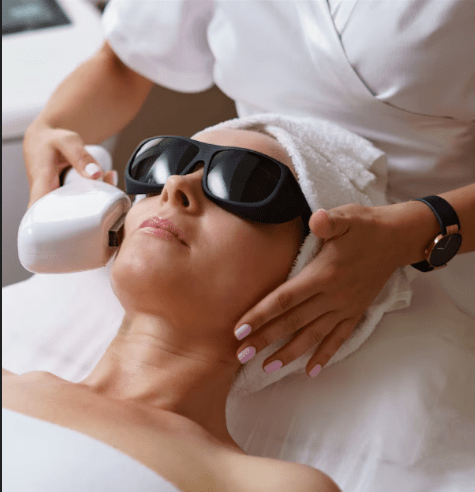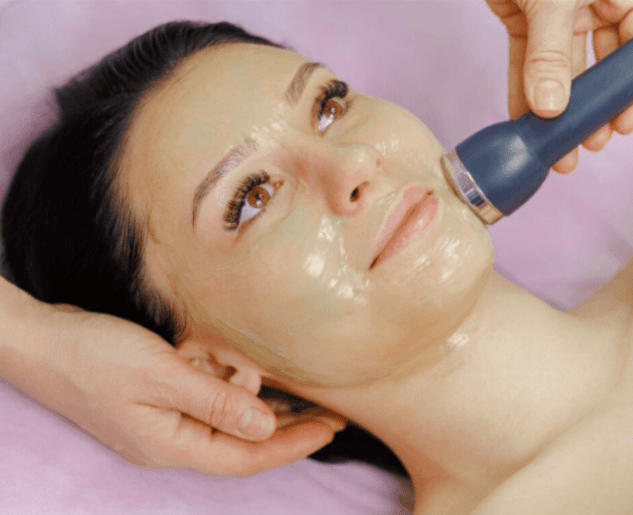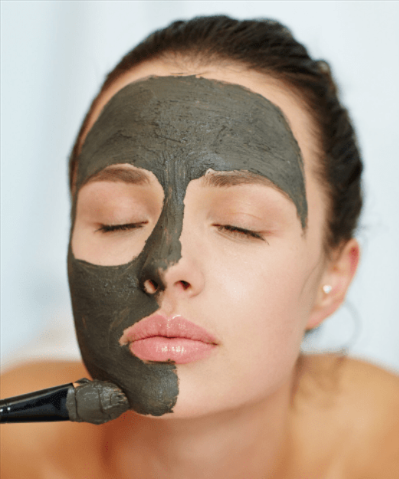Choosing the best time to travel for a Deep Plane Facelift in South Korea involves more than just checking your schedule. Weather, tourism seasons, clinic availability, and even post-surgery comfort can all play a role in creating the ideal environment for a successful procedure and recovery. This guide outlines the best seasons to plan your trip, helping international patients optimize their experience and results.
🌸 Spring (March to May): One of the Best Times to Visit
Why It’s Ideal:
- Mild temperatures and low humidity create a comfortable climate for healing.
- Fewer post-surgical discomforts like sweating or heat-induced swelling.
- Korea’s famous cherry blossoms offer a beautiful and relaxing backdrop during recovery.
Things to Note:
- It’s a popular tourist season—book flights and accommodations early.
- Pollen allergies may be a concern for sensitive patients.
Recommended for:
Patients seeking optimal healing conditions, scenic recovery environments, and pleasant weather for walking or light sightseeing during recovery.
☀️ Summer (June to August): Less Ideal for Healing
Challenges:
- High humidity and heat may increase swelling, discomfort, or the risk of infection if proper care isn’t taken.
- The rainy season (monsoon) typically occurs from late June to mid-July.
- More tourists and higher prices during peak summer travel.
Precautions:
- Stay indoors in air-conditioned environments after surgery.
- Book accommodations with easy access to your clinic and avoid outdoor recovery activities.
Recommended for:
Patients who have no flexibility in travel dates and can take extra care during recovery with professional post-op services.
🍁 Fall (September to November): The Most Recommended Season
Why It’s Perfect:
- Cool, crisp air and low humidity contribute to reduced swelling and faster healing.
- Fewer allergens than spring and less rainfall than summer.
- Beautiful fall foliage creates a relaxing recovery atmosphere.
Bonus:
Clinics may offer more flexible scheduling after the summer rush, especially in September and early October.
Recommended for:
All patients — especially those prioritizing ideal healing conditions, clinic availability, and a visually calming post-op stay.
❄️ Winter (December to February): Good for Privacy and Availability
Pros:
- Lower tourist traffic means more appointment flexibility and lower hotel rates.
- Wearing scarves, masks, and hats is common in Korea during winter, helping conceal swelling and bandages.
Cons:
- Cold, dry air may irritate healing skin.
- Snow and icy conditions can complicate transportation to and from the clinic.
Tips:
- Use a humidifier in your room to maintain moisture for better skin healing.
- Choose accommodations near your clinic to avoid slippery commutes.
Recommended for:
Patients seeking discretion, lower costs, and greater availability—just ensure you’re well-prepared for the weather.
Quick Comparison by Season
| Season | Weather | Healing Comfort | Clinic Availability | Tourist Traffic | Best For |
|---|---|---|---|---|---|
| Spring | Mild & Pleasant | ✅ High | ✅ Good | 🟡 Moderate | Comfort, scenery |
| Summer | Hot & Humid | ❌ Low | 🟡 Moderate | 🔴 High | Fixed schedules only |
| Fall | Cool & Dry | ✅ Highest | ✅✅ Excellent | 🟢 Low | Optimal all-around |
| Winter | Cold & Dry | 🟡 Moderate | ✅ Good | 🟢 Low | Privacy, budget |
Pro Tip: Plan Around Korean Holidays
Avoid traveling during major Korean holidays like:
- Chuseok (Korean Thanksgiving, usually in September/October)
- Lunar New Year (January or February)
During these times, clinics and pharmacies may close or reduce hours, and transportation gets very crowded.
Final Thoughts
The best time to travel to Korea for a Deep Plane Facelift is during spring or fall, when the weather is comfortable, healing conditions are optimal, and tourism traffic is manageable. However, with proper planning, every season can work — as long as your schedule, health, and recovery needs are considered.
Before booking your trip, consult your chosen clinic for the best dates and recovery timelines, and ask if they offer seasonal packages or post-op accommodations tailored to international patients.




